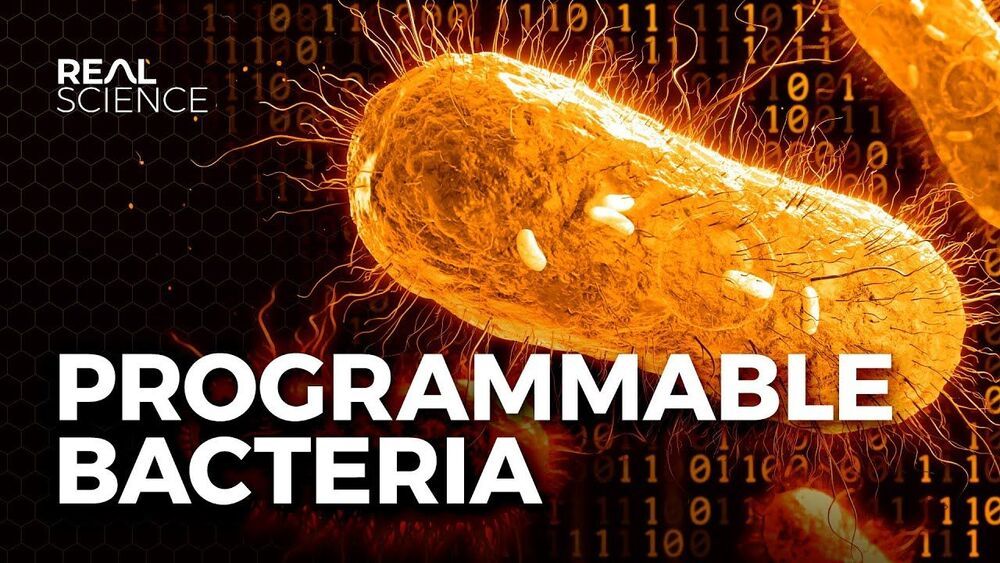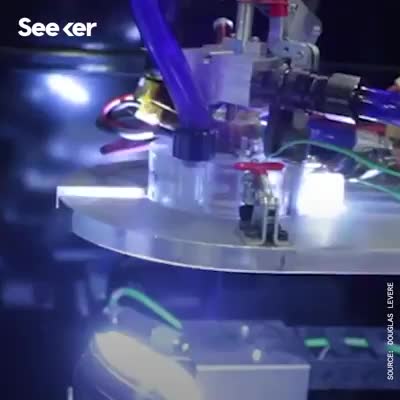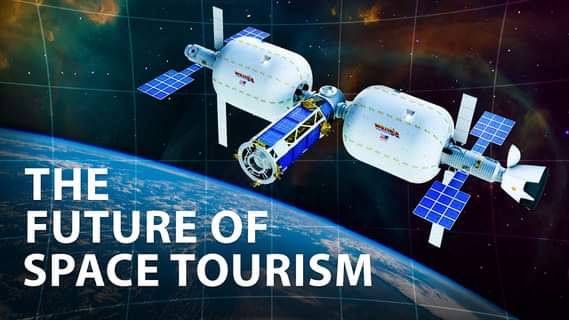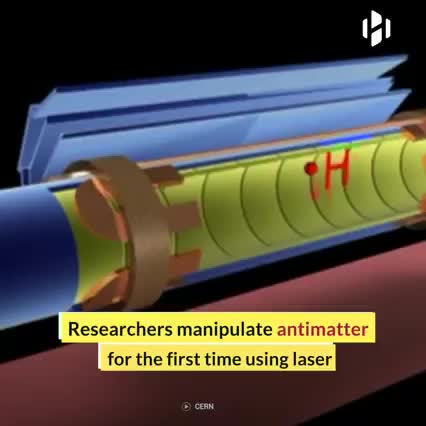😃
Get a 30-day trial of Audible at.
http://Audible.com/realscience.
Or, text, “realscience” to 500 500
Patreon: https://www.patreon.com/realscience.
Twitter: https://twitter.com/stephaniesamma.
Instagram: https://www.instagram.com/stephaniesammann.
Credits:
Narrator: Stephanie Sammann.
Writer: Ashleen Knutsen.
Editor: Dylan Hennessy (https://www.behance.net/dylanhennessy1)
Illustrator/Animator: Kirtan Patel (https://kpatart.com/illustrations)
Animator: Mike Ridolfi (https://www.moboxgraphics.com/)
Sound: Graham Haerther (https://haerther.net)
Thumbnail: Simon Buckmaster (https://twitter.com/forgottentowel)
Producer: Brian McManus (https://www.youtube.com/c/realengineering)
Imagery courtesy of Getty Images.
References:
[1] https://www.ncbi.nlm.nih.gov/pmc/articles/PMC3160642/#:~:text=How%20Many%20Named%20Species%20of, the%20physiology%20has%20been%20investigated.
[2] https://www.nature.com/articles/nature19355
[3] http://news.bbc.co.uk/2/hi/science/nature/158203.stm.
[4] https://www.pnas.org/content/pnas/early/2015/10/29/1514974112.full.pdf.
[5] http://faculty.ccbcmd.edu/courses/bio141/lecguide/unit7/metabolism/growth/growth.html.
[6] https://news.mit.edu/2019/determine-bacteria-evolution-age-0208
[7] https://www.britannica.com/science/bacteria/Evolution-of-bacteria#ref39347
[8] https://www.edvotek.com/site/pdf/956.pdf.
[9] https://science.sciencemag.org/content/351/6278/1196?casa_token=TcUtyz_d3aEAAAAA%3Akk8fYuXFyeAWh6aWjYWm_v3vumfXt03NmKIE-kS9sa36I_IgLckQaAfGjstLIpyAgQbGhRr5QeFw.
[10] https://science.sciencemag.org/content/351/6278/1154?casa_token=ulZOSqYuHU8AAAAA%3A5PpZUa9ddmNqtc2v8Pywcu2VBRV3FyMf8Dj4nhlajOeZ_farBUa9i39McA7sTQ_BOLjwFghI0A5X
[11] https://www.researchgate.net/profile/Kim_De_Mora/publication/3481750_Development_of_a_novel_biosensor_for_the_detection_of_arsenic_in_drinking_water/links/584a870f08ae4a7a6917c460/Development-of-a-novel-biosensor-for-the-detection-of-arsenic-in-drinking-water.pdf.
[12] https://www.nature.com/articles/s41591-019-0498-z









